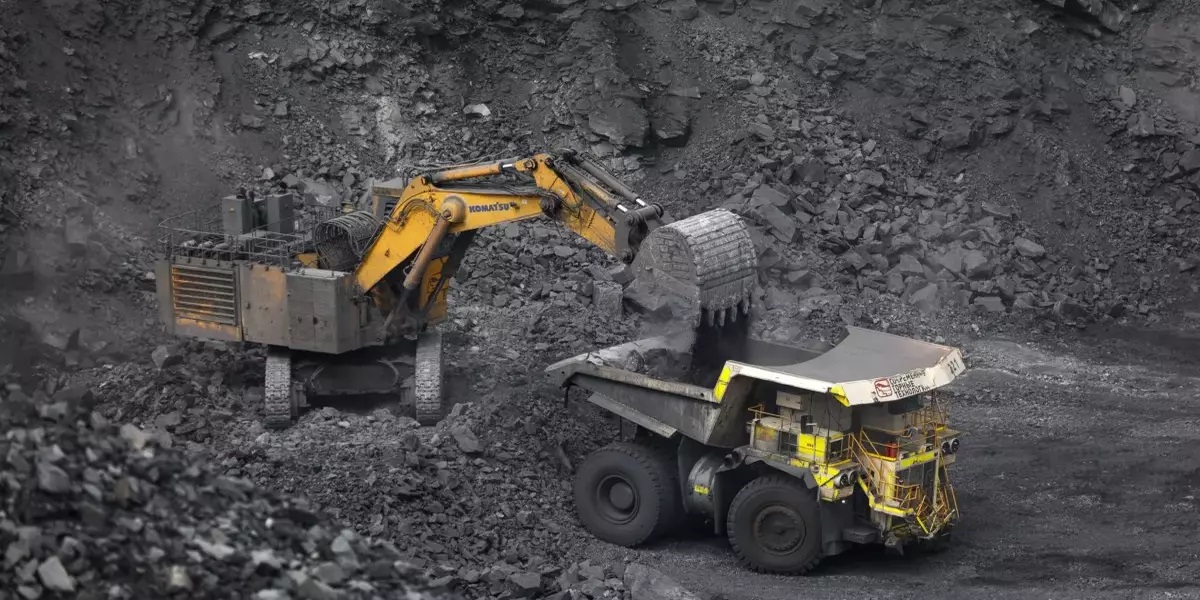Despite being one of the largest investors in wind and solar, China’s officials have asked for additional coal-fired electricity after the country’s economy shrank last year.

China’s governing Communist Party is promoting coal-fired electricity as a means of reviving the country’s lagging economy, raising concerns that Beijing is undermining efforts to reduce climate-changing carbon emissions from the world’s largest source.
According to press sources, official plans aim for increasing coal production capacity by 300 million tonnes this year. That’s 7% more than last year’s output of 4.1 billion tonnes, a 5.7 percent rise over 2020.
Although China is a major investor in wind and solar, anxious officials have asked for additional coal-fired electricity after economic development slowed last year, resulting in outages and business closures. The invasion on Ukraine by Russia heightened fears that international oil and coal supplies would be affected.
“This attitude of guaranteeing energy security has surpassed carbon neutrality,” said Li Shuo, Greenpeace’s senior global policy advisor. “China is entering an era of climate action that is relatively negative.”
As President Xi Jinping prepares to break with precedent and seek a third five-year term as governing party head in the autumn, officials are under political pressure to maintain stability.
According to Caixin, a business news magazine, coal is crucial for “energy security.” Cabinet officials emphasised this at an April 20 meeting that authorised plans to enhance production capacity.
The ruling party is also developing power plants to pump money into the economy and stimulate GDP, which slowed to 4% year-on-year in the fourth quarter of 2021, down from 8.1 percent for the whole year.
Governments have agreed to strive to keep atmospheric warming to 2 degrees Celsius (3.6 degrees Fahrenheit) over pre-industrial levels. Leaders claim that a limit of 1.5 degrees Celsius is what they actually desire (2.7 degrees Fahrenheit).
Even if the world meets the 2-degree goal set forth in the 2015 Paris climate accord and the 2021 Glasgow follow-up deal, scientists believe, rising oceans, bigger storms, extinctions of plants and animals, and more deaths from heat, smog, and infectious diseases would result.




















